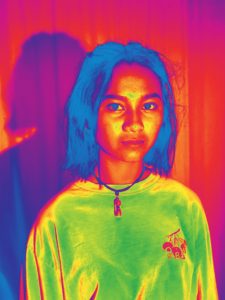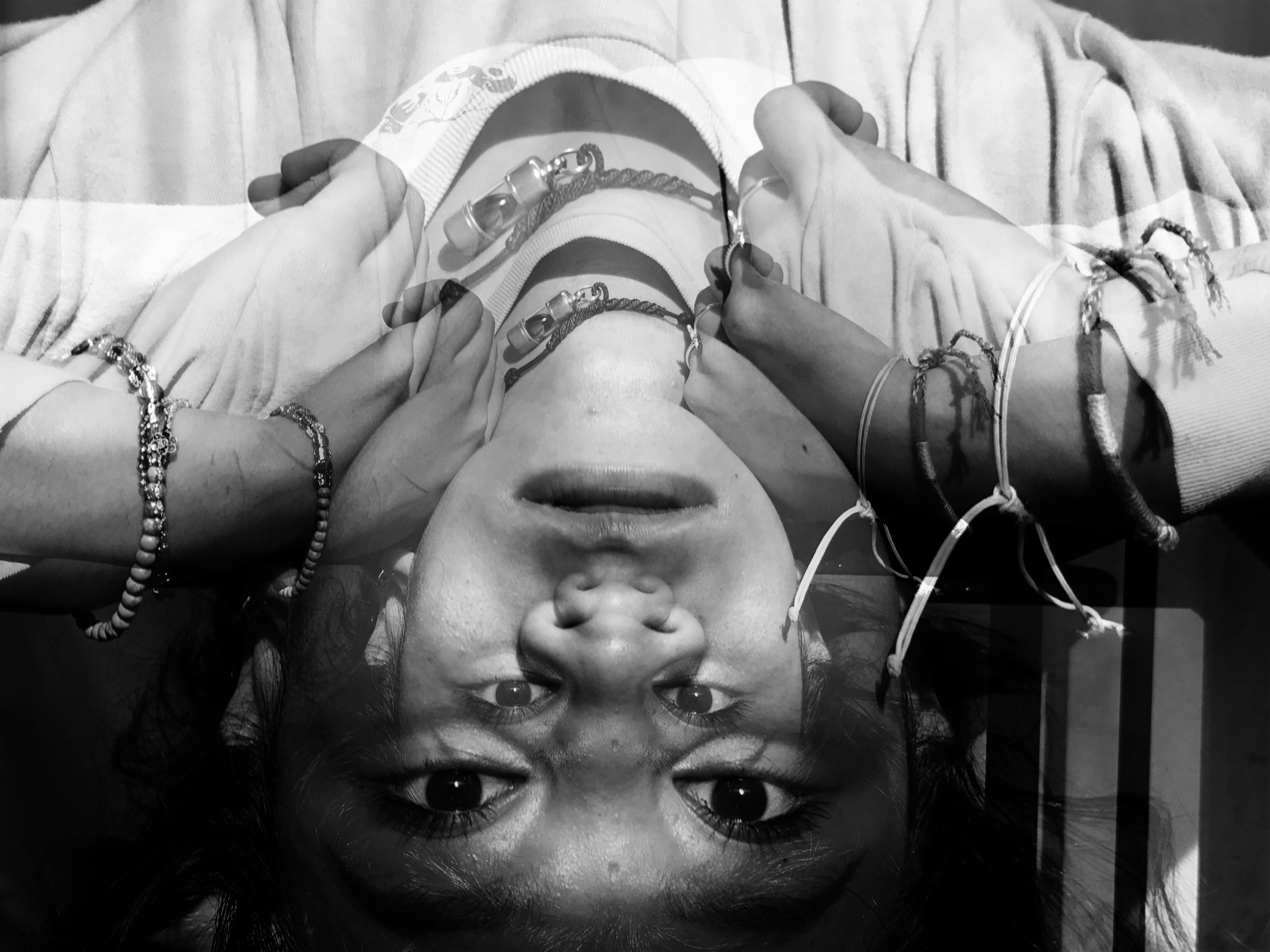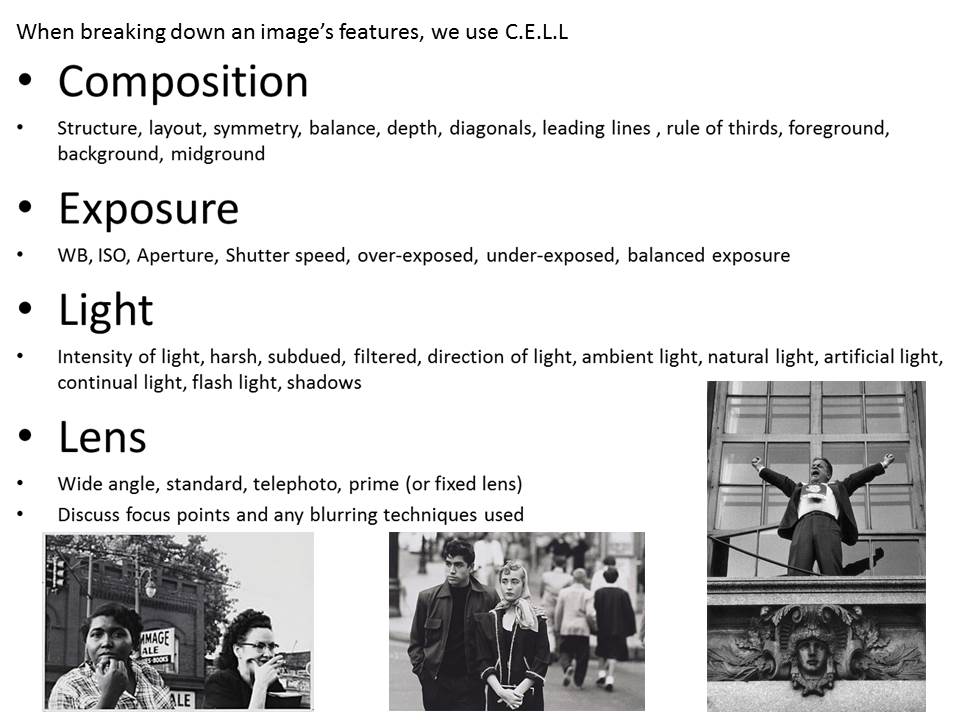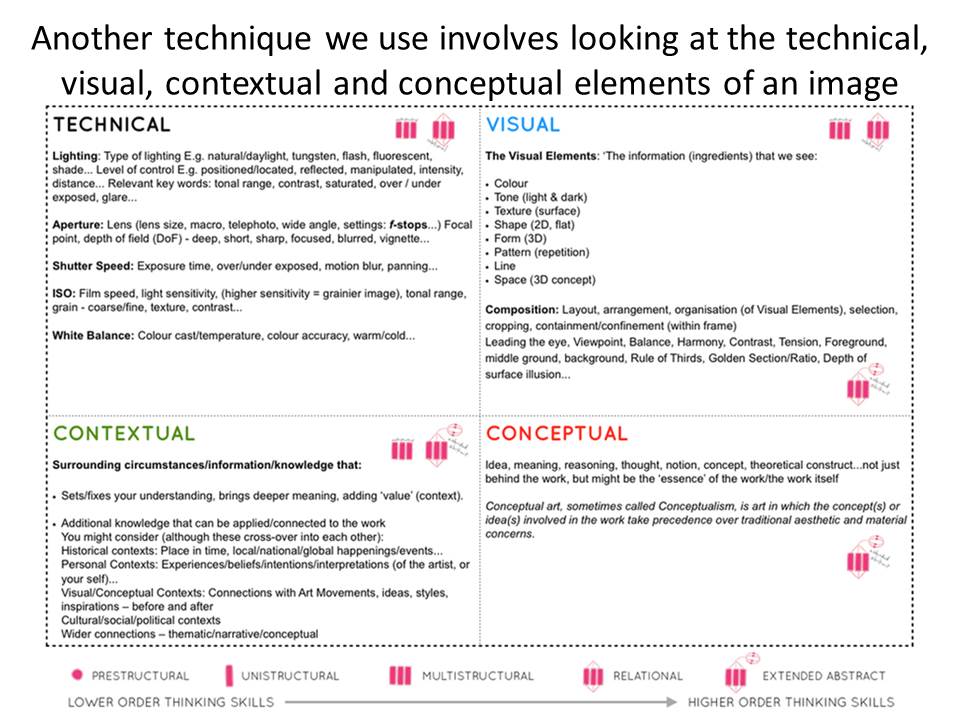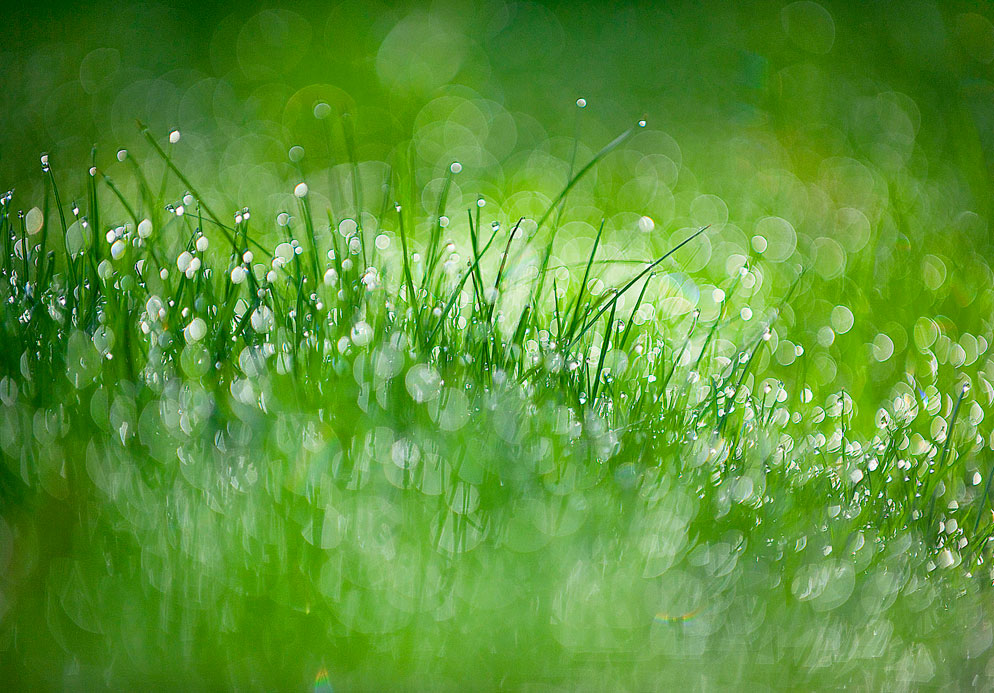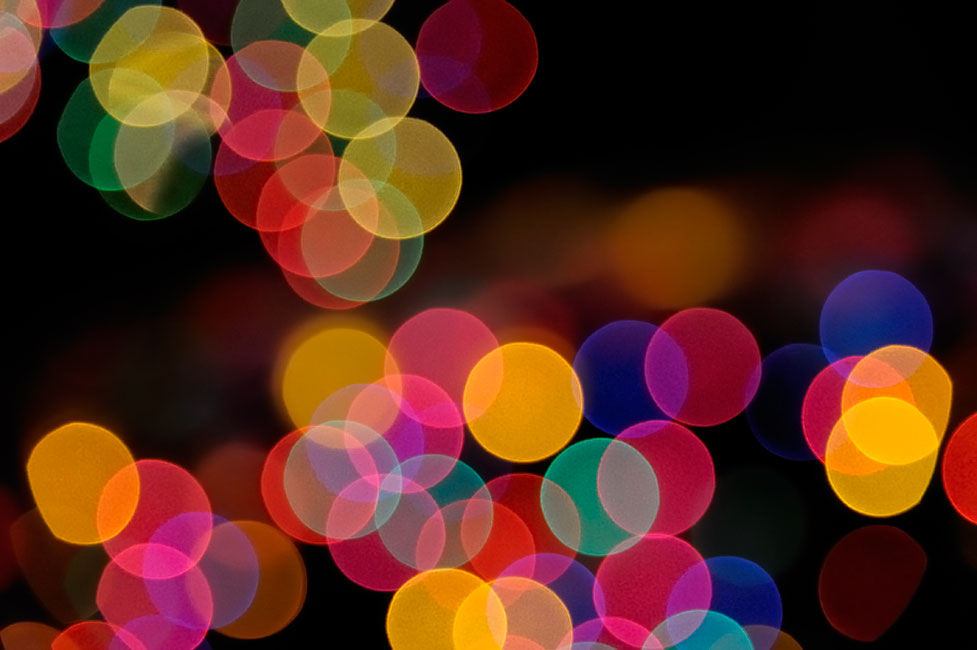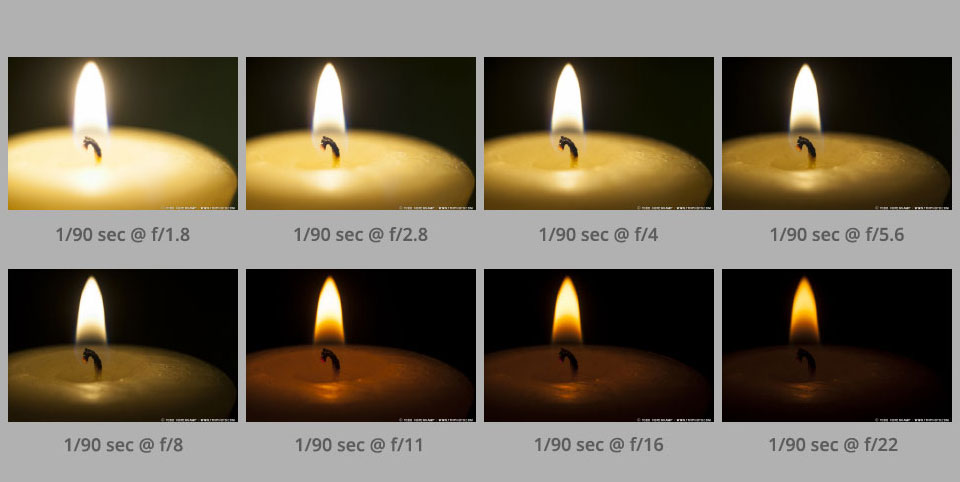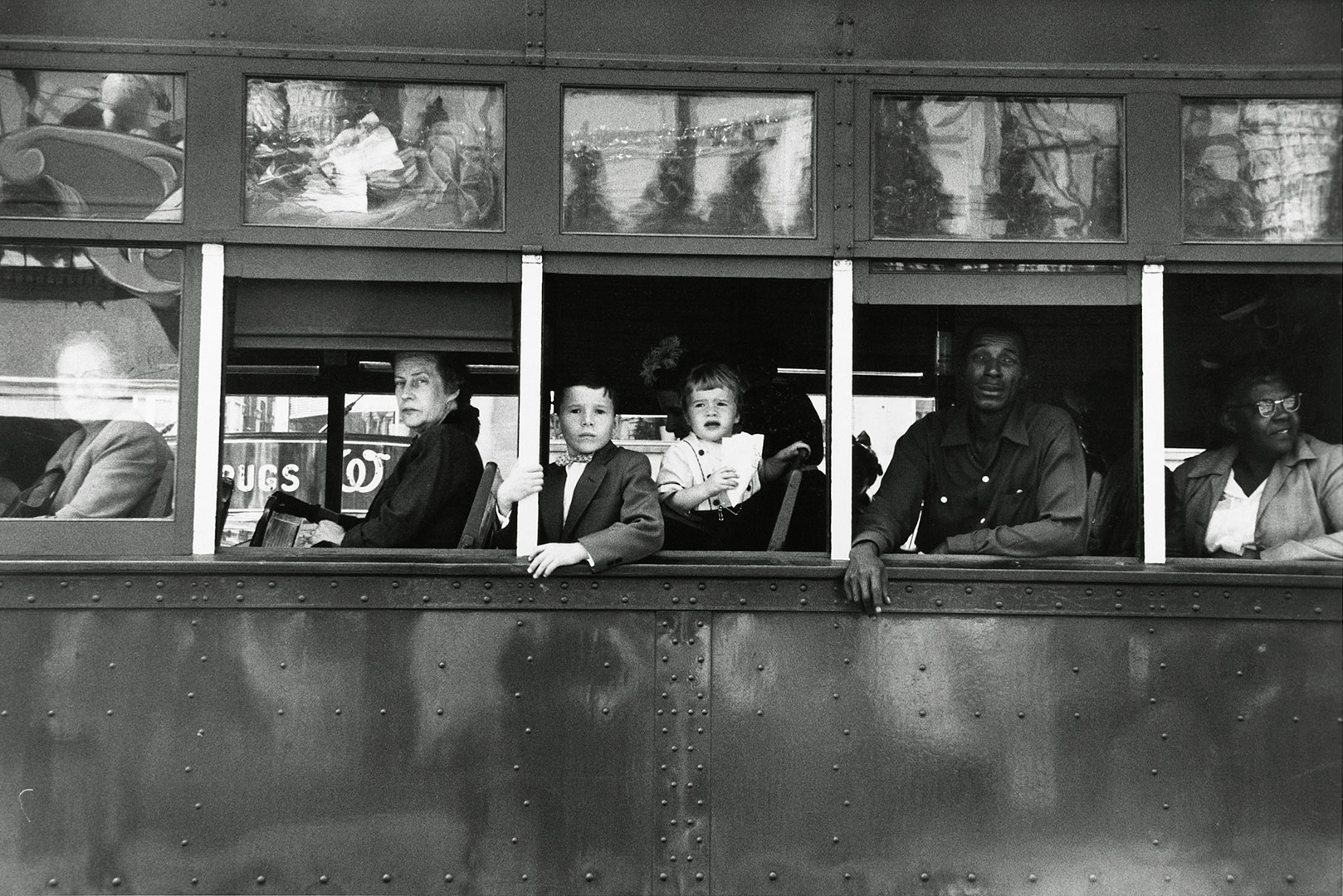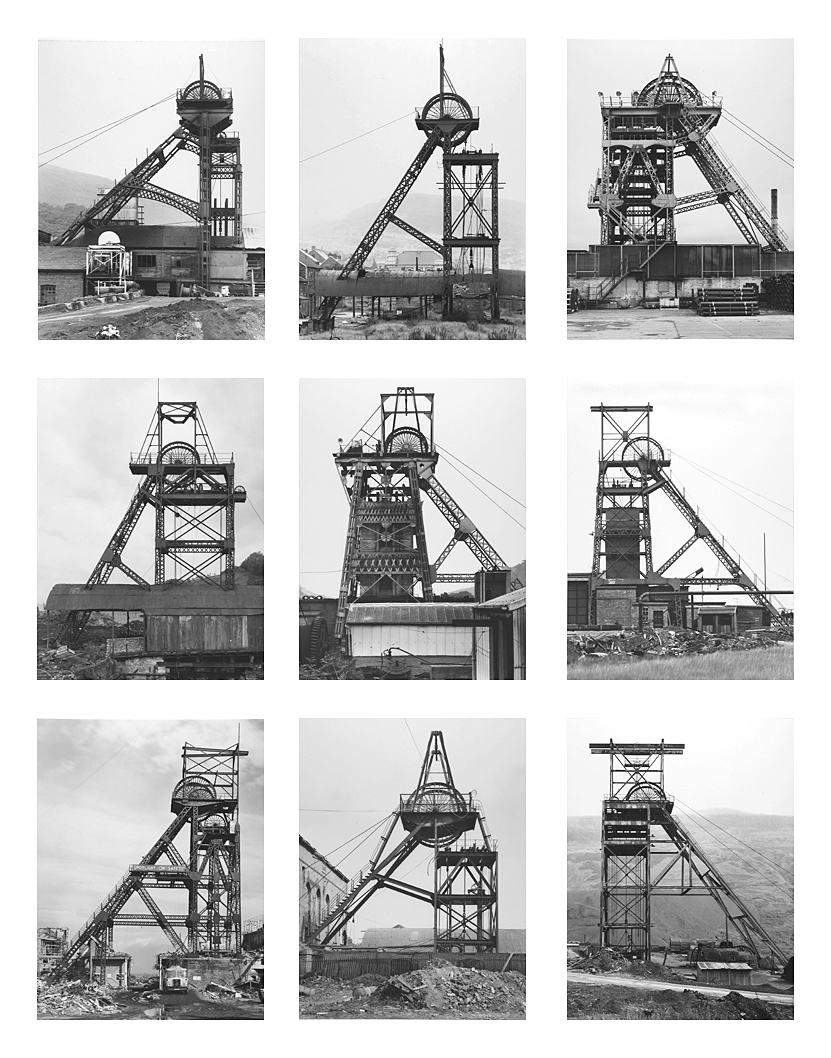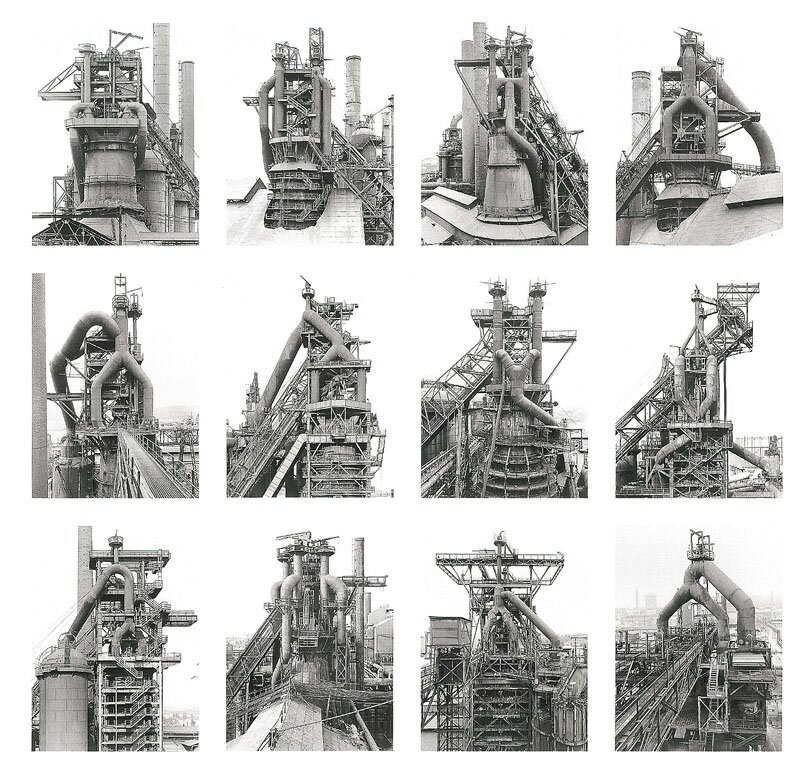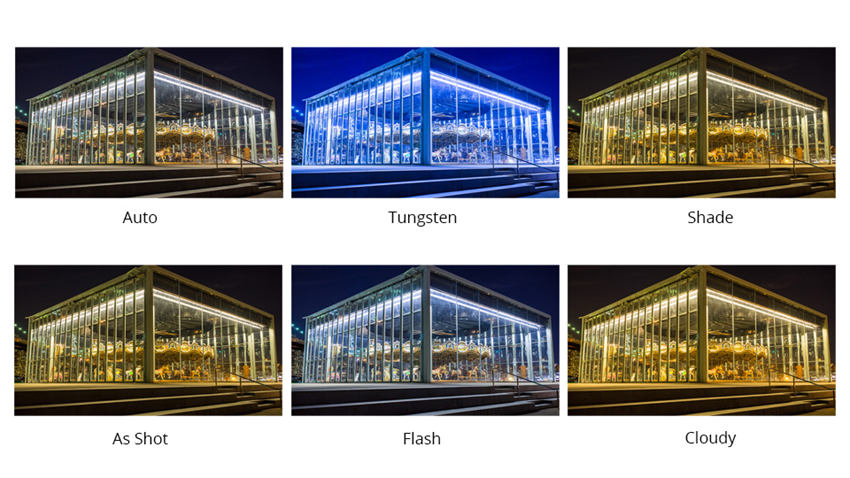- László Moholy Nagy, born on July 20th, 1895, was a Hungarian painter and photographer as well as a professor in the Bauhaus school.
- He served in the Austro-Hungarian army during World War I and realized quickly that neither law nor military suited him.
- After leaving the army, he began to take evening classes in life drawing and soon moved to Vienna to join a group of artists. Although he had taken class’, Moholy-Nagy knew very little about art. A group of artists and activists named “MA” became his teachers.
- By 1922 he had started his experiments in photography and his first experiments were with photograms. His work was in collaboration with his current wife at the time and his friend, Man Ray. Only a year later, he was invited to teach at the Bauhaus School in Germany.
- Moholy-Nagy’s interest in qualities of space, time, and light were presented throughout his different media’s. He was ultimately interested in studying how all these basic elements interact.
- He died on November 24th, 1946
- After his death, in 1947 his book Vision in Motion was published. His thinking and style advanced photography as an art and even got his work into the International Photography Hall of Fame and Museum in 1984.

I was inspired by his use of the negative effect in his photos, especially when used on portraits to portray the style of abstraction.
Image Analysis

In the image above, Ernst Haas applies the Rule Of Thirds method to give the image an off-center composition. This gives the image a more natural feel which is appropriate as the photo is of a street scene. It creatively makes use of the negative space by having the shadows of the man and cart to the left.








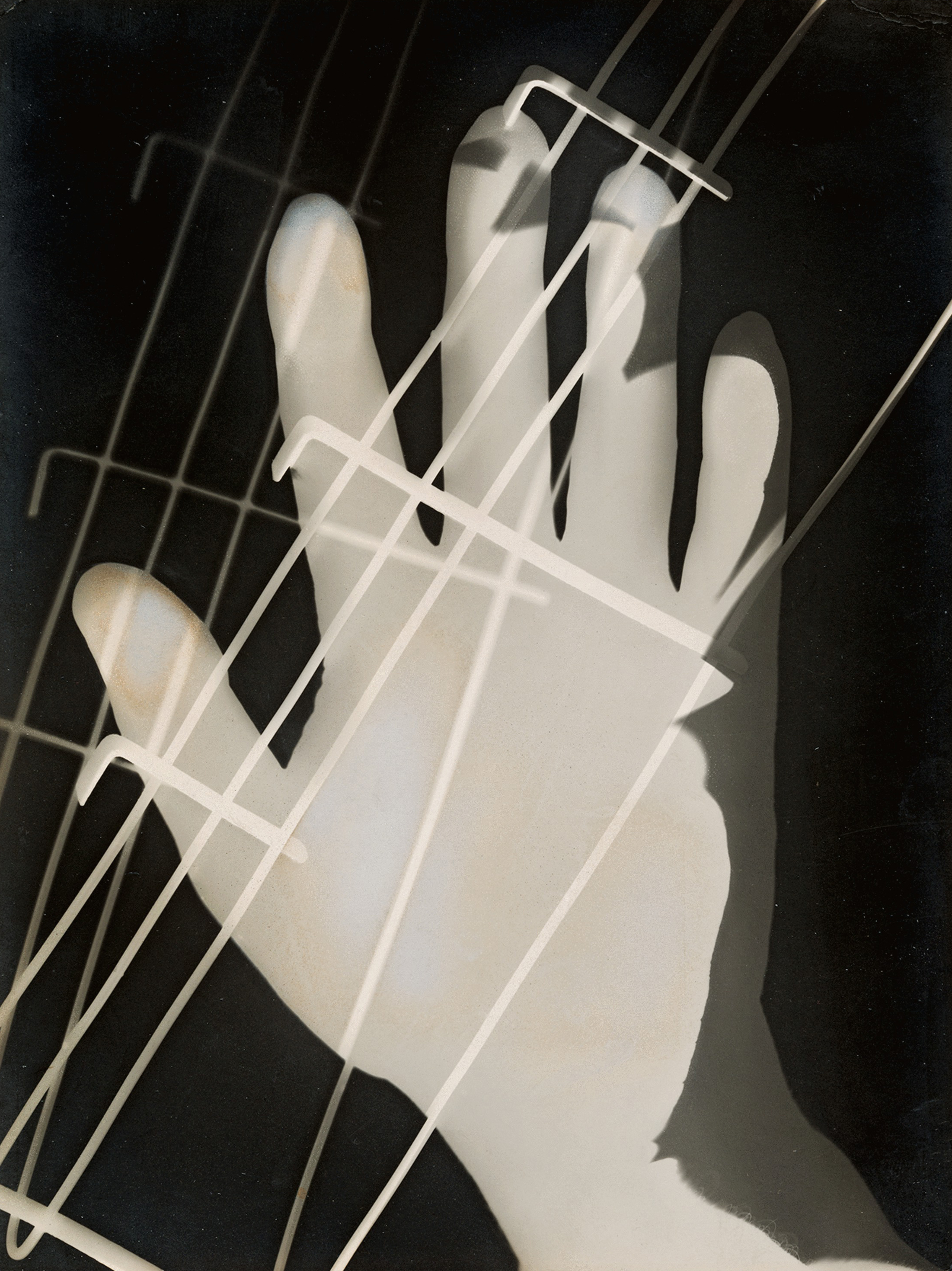





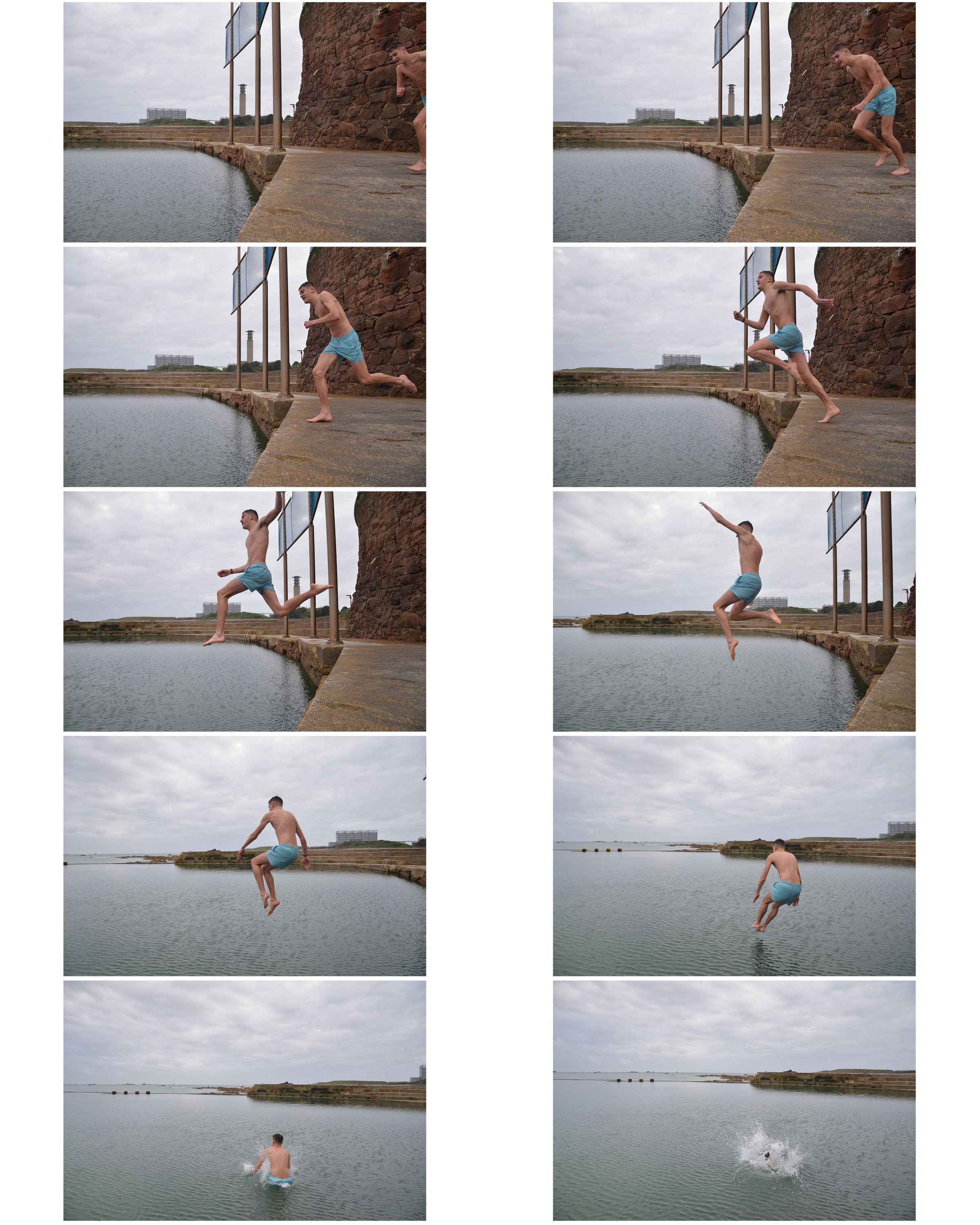
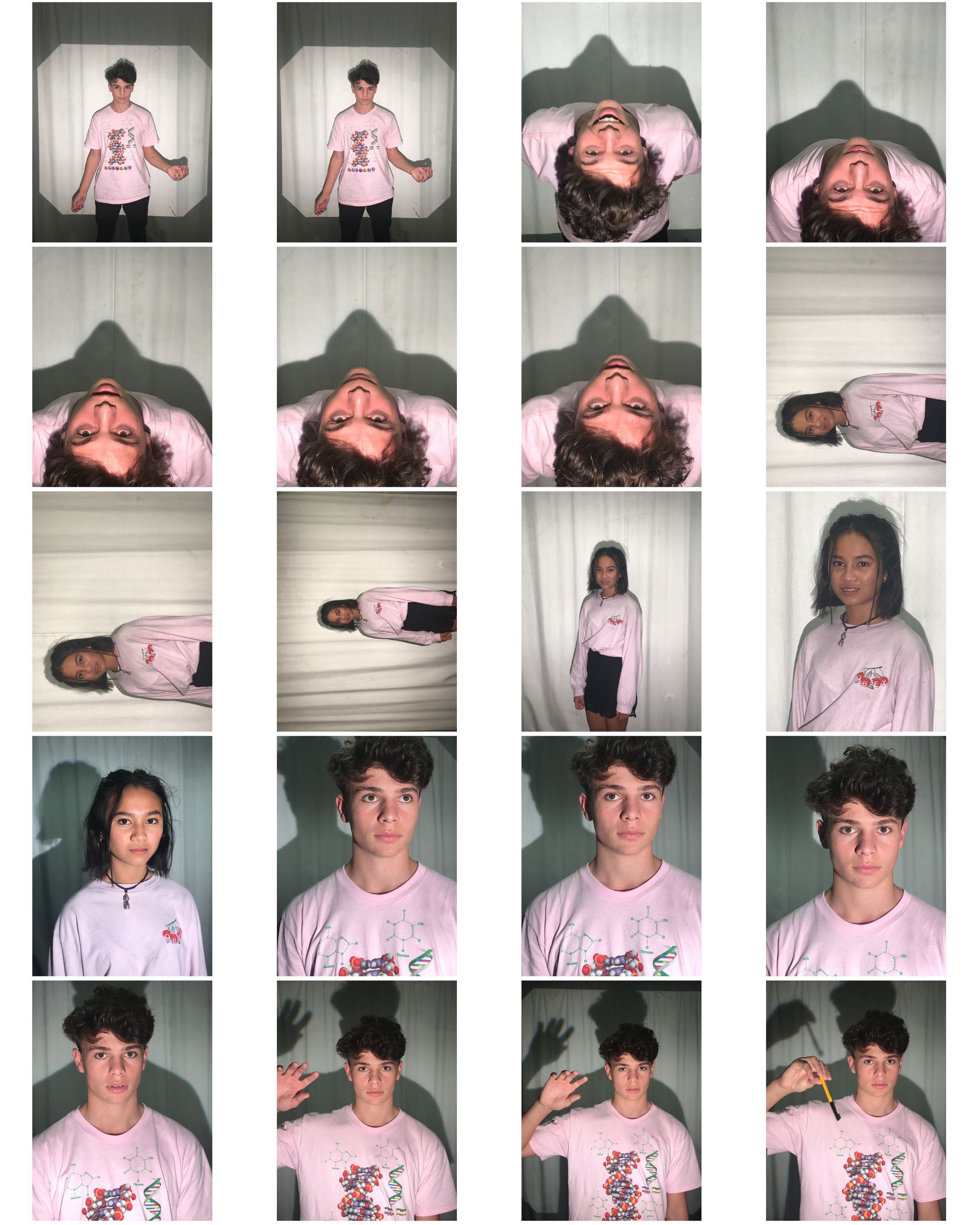
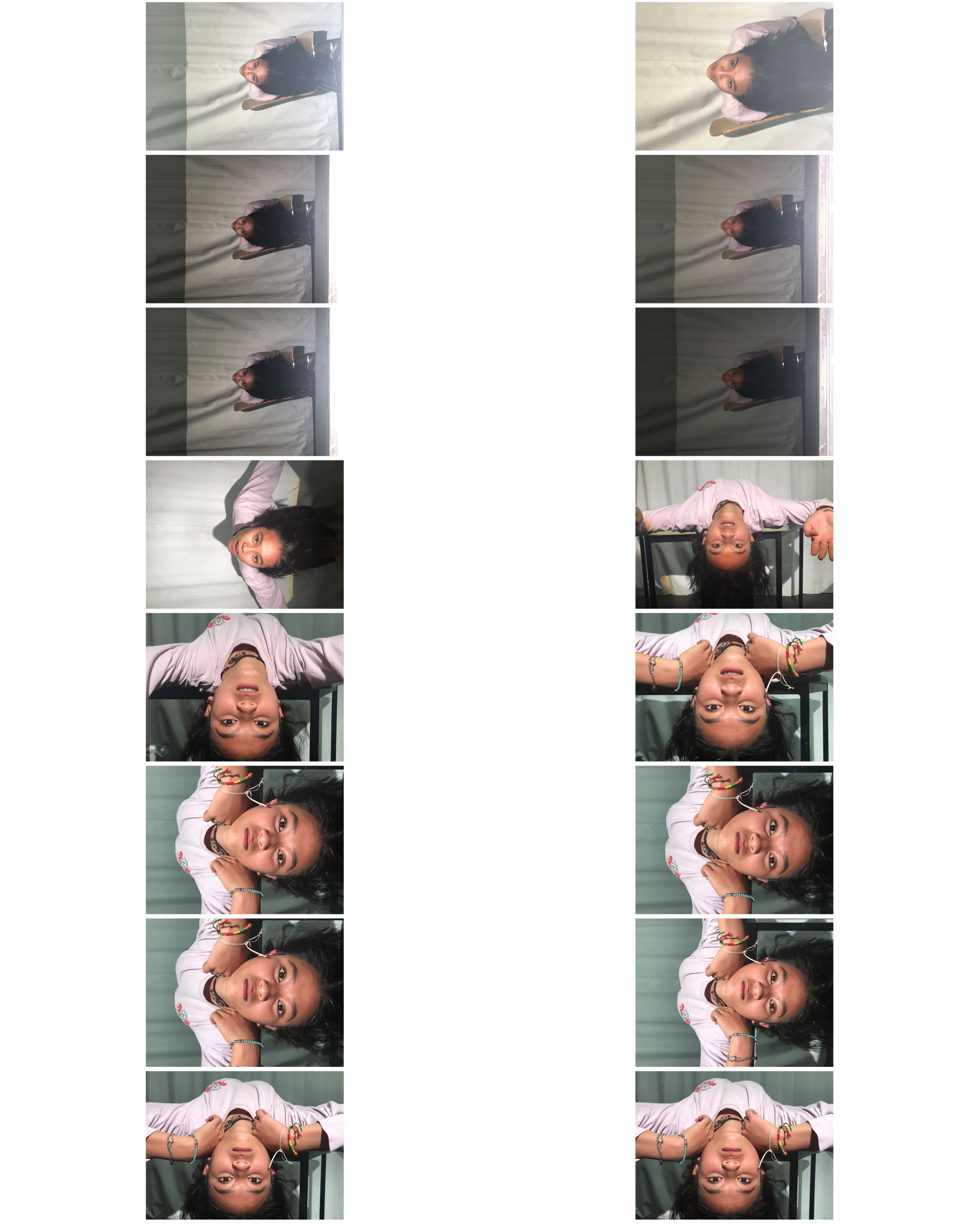





 I made two versions of this image. On one I used the rule of thirds to make use of the dark negative space in the background to give the subject the focus. I cropped the other to show off more of the abstract detail in the facial features.
I made two versions of this image. On one I used the rule of thirds to make use of the dark negative space in the background to give the subject the focus. I cropped the other to show off more of the abstract detail in the facial features.

